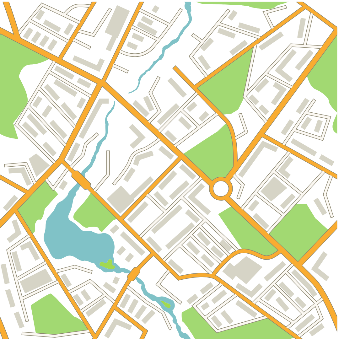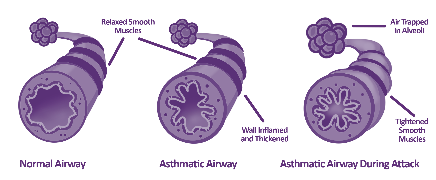Asthma is one of the most common long-term health conditions, so why does getting diagnosed and treated still rely on where you live, who you visit, or even your ethnicity?
To commemorate World Asthma Day, Carol Stonham MBE, a renowned respiratory nurse, talks about what true accessibility in asthma care looks like and why we are not there yet.
The postcode lottery of asthma care
Asthma is a condition with varying levels of care for a variety of reasons; it is critical that people with asthma symptoms receive a prompt and accurate diagnosis, and those who have an asthma diagnosis should receive equal care regardless of where they live or who their healthcare provider is.
Some places have limited access to a simple Fractional exhaled Nitric Oxide (FeNO) test, requiring patients to travel a long distance to take this quick and straightforward test.
When it comes to care, one size does not fit all, so care must be tailored to the needs of the local community. We are implementing neighbourhood-based healthcare and planning services to guarantee that care is targeted to the local people.

Image Credit: NObreath
Why FeNO testing is a game changer
Asthma leads to inflammation in the airways, which increases the production of nitric oxide (NO). A FeNO test measures the level of NO in a person’s exhaled breath—higher levels indicate airway inflammation. This makes FeNO a valuable tool not only for diagnosing asthma but also for guiding treatment decisions.
Recognising its clinical value, the National Institute for Health and Care Excellence (NICE), the British Thoracic Society (BTS), and the Scottish Intercollegiate Guidelines Network (SIGN) have all updated their asthma management guidelines to include FeNO testing as a key part of both diagnosis and ongoing care.
The test itself is quick, non-invasive, and easily fits into a standard 10–15-minute consultation.

Image Credit: NObreath
Barriers beyond geography
Education is essential for both healthcare professionals (HCPs) and patients. Yet currently, there is no baseline standard for asthma training among HCPs. Without this foundation, it can be difficult to recognise poor asthma control or adjust treatment appropriately.
When HCPs are well-informed, they’re better equipped to educate patients. And when patients understand their condition, their treatment, and how it works, they’re more empowered to manage their asthma and, crucially, to know when to seek help if their symptoms worsen.
In the UK, access to care and information isn’t equal. Patients from lower socioeconomic backgrounds often face barriers to healthcare, making it harder to access reliable education or testing. Some may narrowly miss qualifying for free prescriptions, only to struggle with the cost of medication.
Additionally, cultural perceptions around long-term conditions can be a barrier—within some ethnic communities, chronic illness is seen as a sign of weakness. This makes it all the more important to deliver the right messaging and targeted education in ways that reach and resonate with underserved groups.
The future vision
The biggest barrier to wider access to FeNO testing in asthma care is funding, specifically, who is responsible for covering the cost.
In some areas, the Integrated Care Board (ICB) provides funding, but this isn’t consistent across the country. In others, the responsibility may fall to the Primary Care Network (PCN). If the PCN doesn’t prioritise it, the cost can land with individual GP surgeries, making access patchy and unreliable.
What’s needed is a consistent, system-wide strategy—one where ICBs take ownership and ensure funding for FeNO testing is available across their regions.
Without access to FeNO testing, it’s impossible to fully implement the recommendations set out by the updated NICE, BTS, and SIGN guidelines. That’s why it’s crucial to collaborate with advocacy organisations to build a strong case for the cost-effectiveness of FeNO testing.
A good example is Gloucestershire, where a local enhanced fee is paid for each diagnostic test. That payment is then reinvested to cover the cost of FeNO testing consumables.
Asthma care shouldn’t rely on guesswork—but without the right tools in place, that’s exactly what it risks becoming.
Acknowledgments
This article is based on materials originally authored by Carol Stonham.
About NObreath
The NObreath® is a FeNO device by Bedfont® Scientific Ltd. which can be used to measure airway inflammation for the management and diagnosis of asthma.
Our mission is to help improve asthma diagnosis & management of adults and children worldwide through FeNO measuring. Our purpose is to make FeNO measuring more accessible globally, with the creation of an effective yet cost-efficient FeNO device and equally low cost consumables.
Sponsored Content Policy: News-Medical.net publishes articles and related content that may be derived from sources where we have existing commercial relationships, provided such content adds value to the core editorial ethos of News-Medical.Net which is to educate and inform site visitors interested in medical research, science, medical devices and treatments.